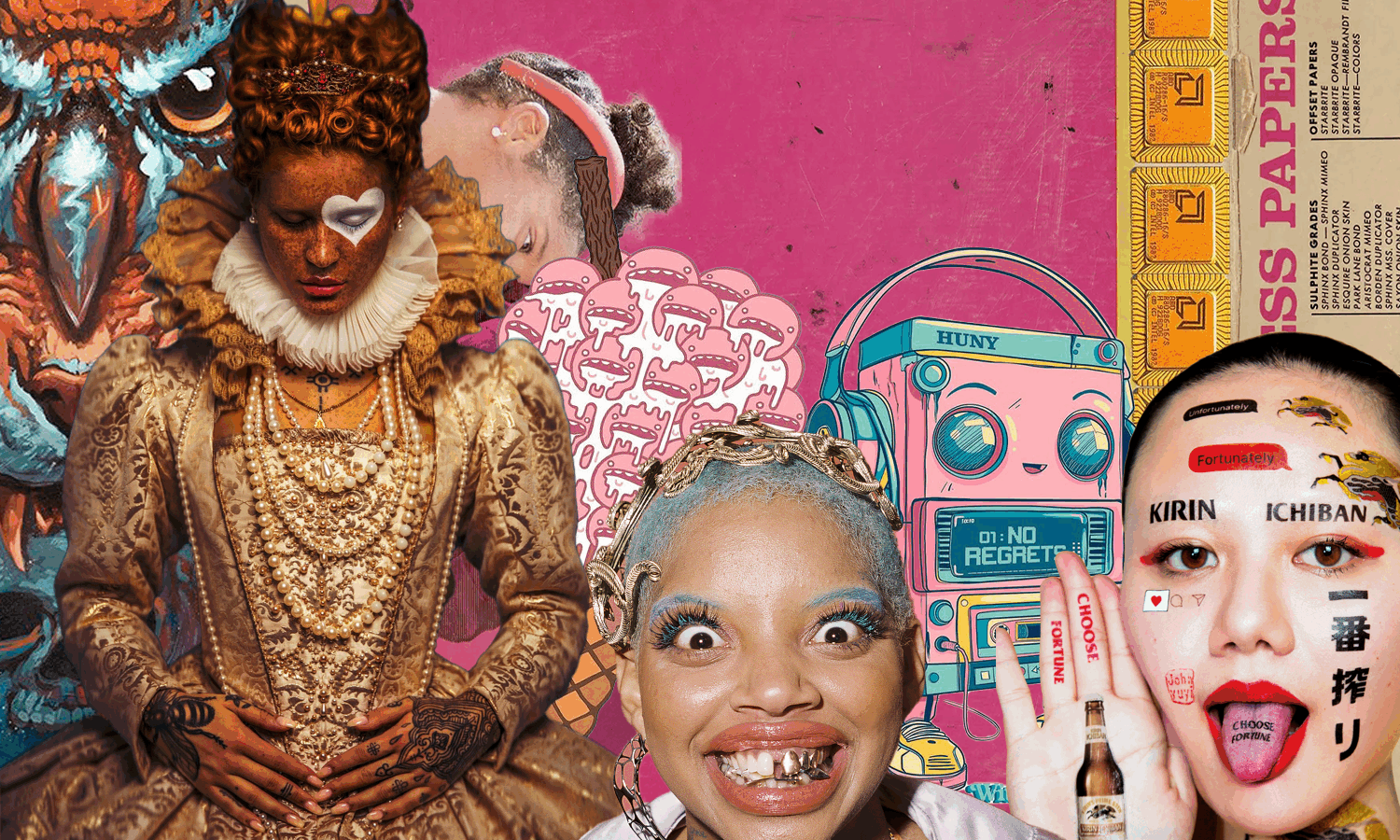By Noel Bentley @noelbentley_
The New Vanguard: How Late Millennial and Gen Z Artists Are Rewriting the Visual Code
In an era where social media posts blur into digital wallpaper and AI tools flood the visual landscape with artificial precision, a new generation of artists are pushing back—not by returning to the past, but by carving radically personal futures. Born between the late ’80s and early 2000s, this cohort of photographers, illustrators, muralists, and sculptors are using every medium—from paintbrush to pixel—to reclaim creative space and assert authorship in a time of algorithmic curation.
They aren’t waiting for permission. They’re rewriting the rules.
Haris Nukem: Hyperreal Humanity
Haris Nukem, born in Bosnia and raised in London, has become synonymous with hyper-saturated portraits of tattooed, defiant youth. His work merges fashion editorial sensibility with documentary intimacy. Exhibited at London’s Maddox Gallery and featured in fashion campaigns, Nukem’s portraits vibrate with texture—layered fabrics, oil-slick skin, gold, and grime—all lit like contemporary altarpieces.
In a 2021 Red Bull interview, Nukem shared, “I’ve always been excited by visuals, pop imagery and the idea behind what defines a brand. I was obsessed with drawing as a kid and I wanted to be a comic-book artist.” It’s no surprise—his portraits feel storyboarded, theatrical, yet real. He’s built his own visual brand, and it speaks fluently to the street and the studio alike. @harisnukem

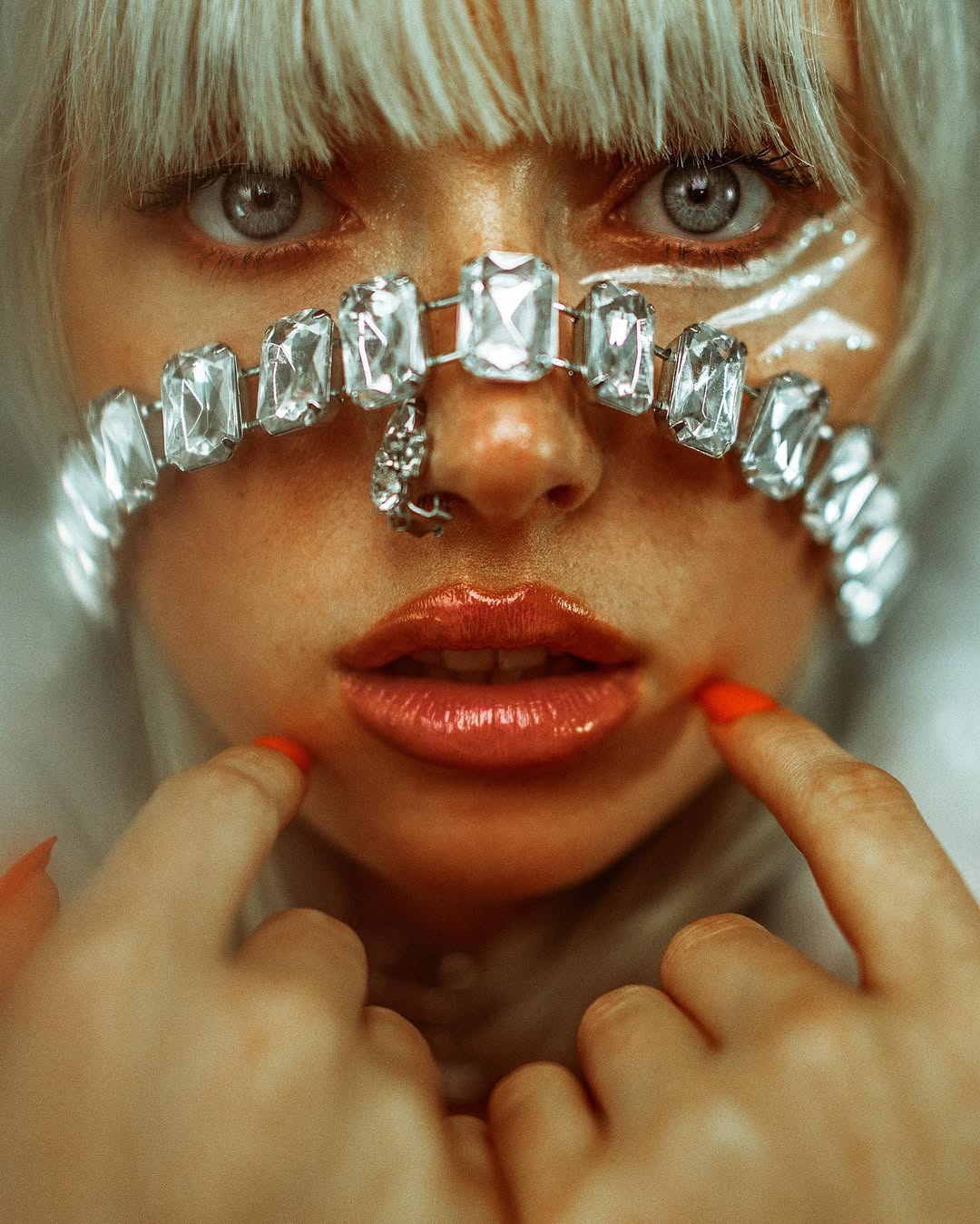

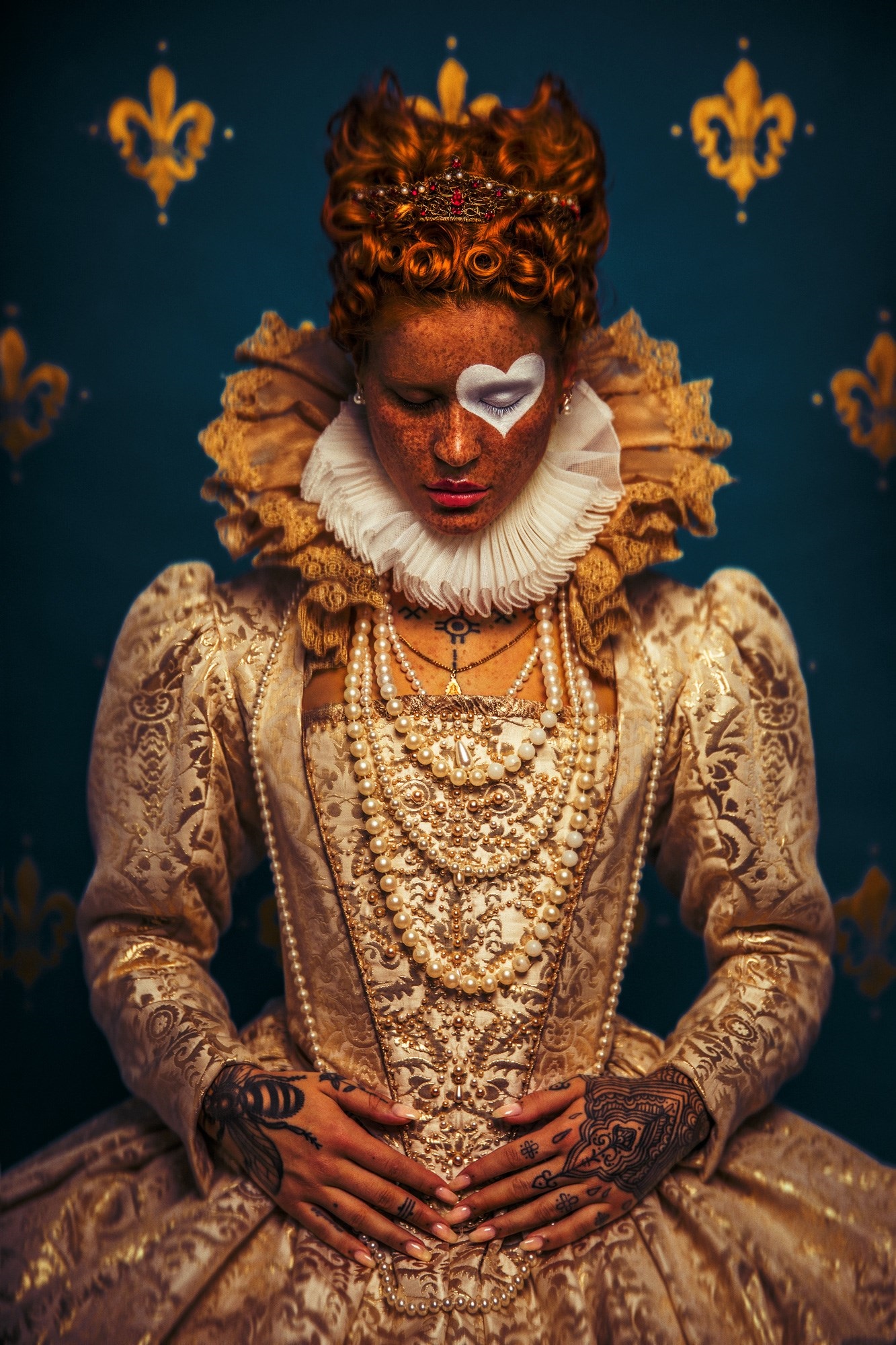
Nadia Lee Cohen
Nadia Lee Cohen is a British photographer, filmmaker, and artist renowned for her vivid, cinematic imagery that draws heavily from mid-20th-century Americana and British pop culture. Born in Essex in 1990, she was raised on a rural farm, where her early creative endeavors were nurtured by her parents, who assisted her in constructing sets for her initial film and photography projects. She pursued her passion at the London College of Fashion, earning both BA and MA degrees in fashion photography. After relocating to Los Angeles, Cohen found inspiration in the city’s contrasting realities—the allure of Hollywood’s glamour juxtaposed with its underlying grit—which became a central theme in her work. Her debut monograph, Women (2020), is a collection of 100 stylized portraits that explore the complexities of femininity, often likened to film stills from nonexistent movies. This project garnered critical acclaim and solidified her reputation in the art world. @nadialeecohen
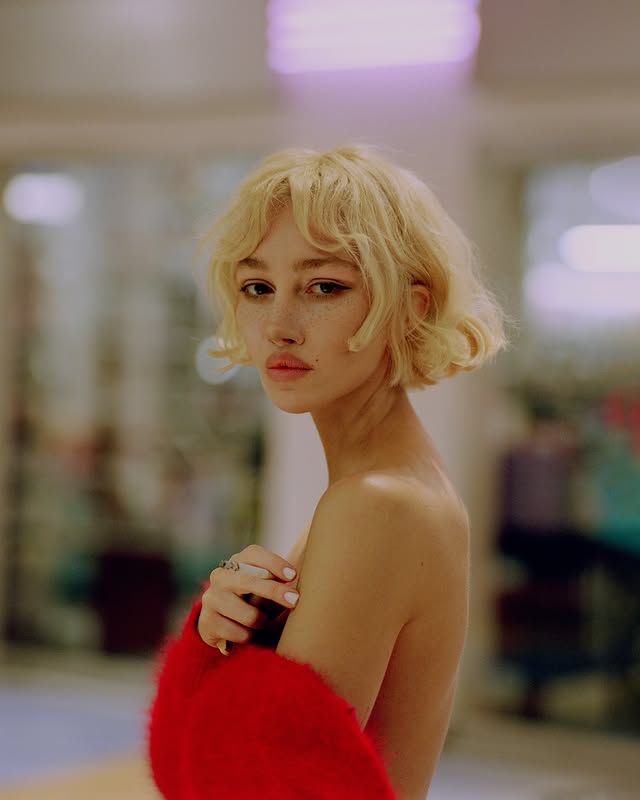
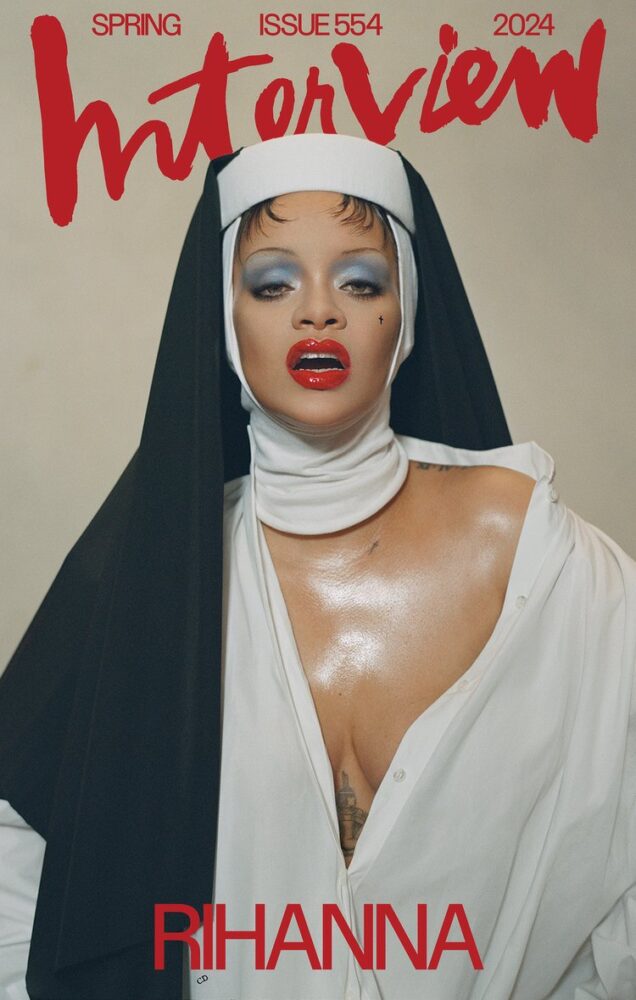
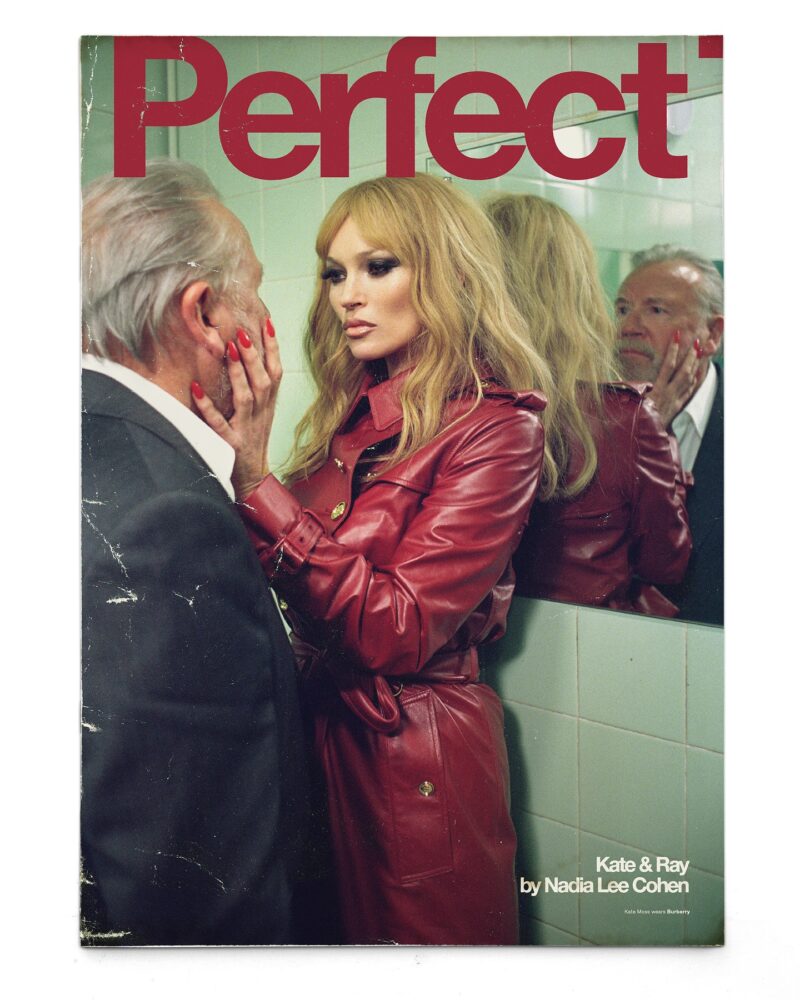

Qiana Mestrich: Archiving Resistance
In New York, interdisciplinary artist Qiana Mestrich is re-centering Blackness, motherhood, and memory within visual culture. A writer, photographer, and founder of the acclaimed blog Dodge & Burn: Decolonizing Photography History, Mestrich’s layered collage works investigate the silences of history. In 2025, she was awarded the Saltzman Prize by the Center for Photography at Woodstock, recognizing her for “interrogating established canons and exploring the roles of memory, motherhood, and cultural production.”
Her exhibitions at ICP and MoMA PS1 foreground Black familial life, domestic labor, and inherited trauma—not through spectacle, but through subtle, layered storytelling. “I see photography as a tool for writing history differently,” Mestrich told Vogue in April 2025. Her work makes you look again—at what’s visible and what’s been deliberately obscured. @qianamestrich
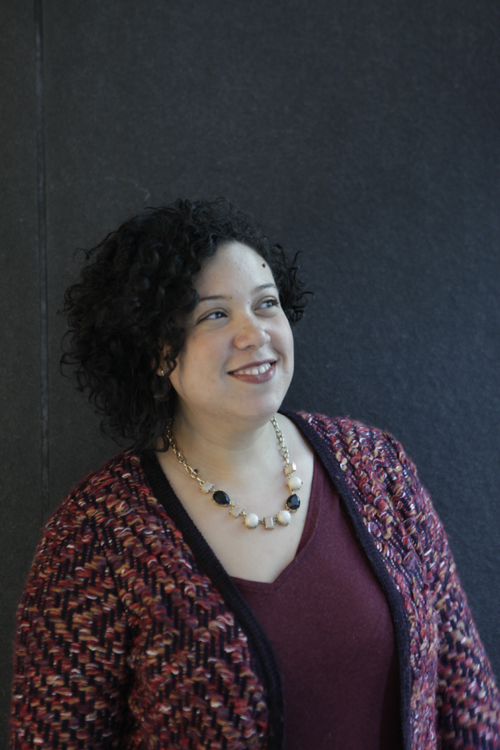

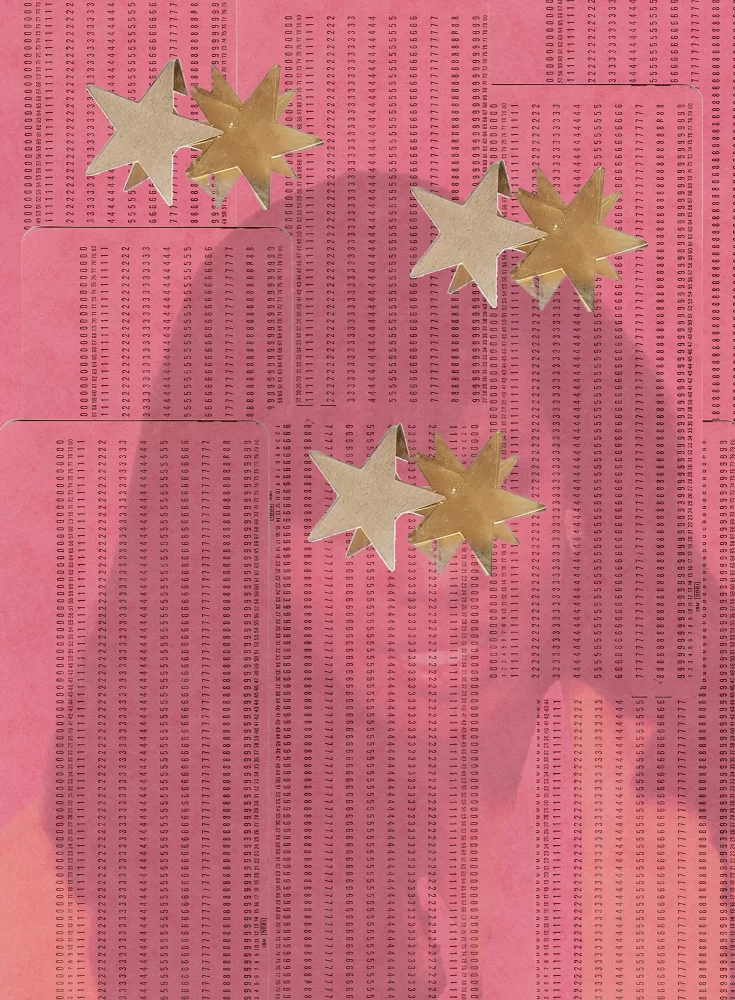
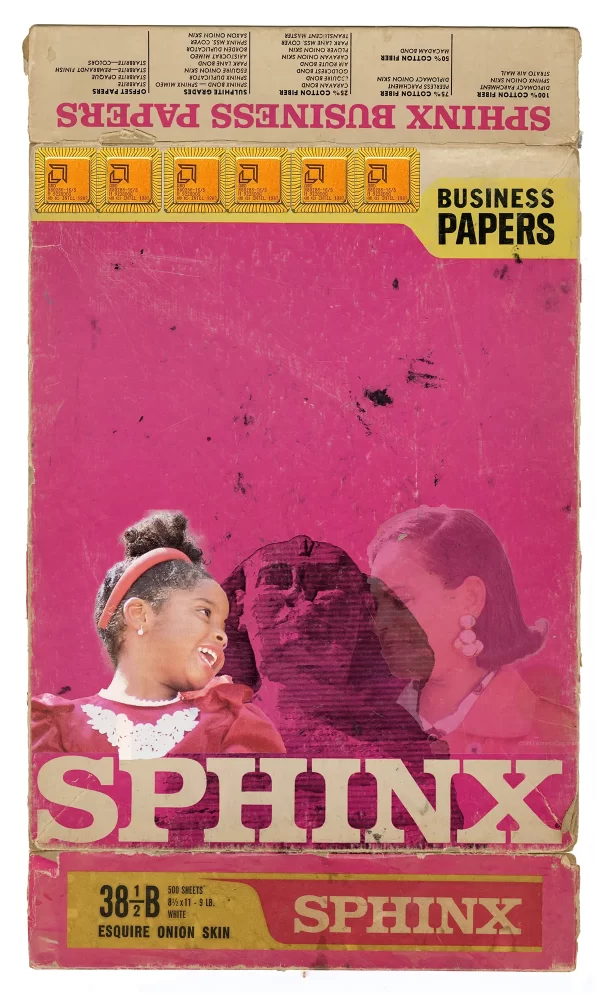
John Yuyi: The Medium Is the Body
Taiwanese artist John Yuyi is at the forefront of a new kind of body art—one that reflects our filtered, hyper-documented reality. She has tattooed Instagram icons on her skin, posted photos of herself layered in emojis and QR codes, and built visual commentaries on disconnection in the age of digital addiction. In a world where every selfie is part performance, Yuyi’s work makes visible the paradoxes of self-curation.
Her collaborations with Gucci, multiple solo shows in Tokyo and New York, and projects for Dazed and Colette Paris position her as a bridge between internet aesthetics and gallery walls. “I think a lot of people from our generation are experiencing this digital identity crisis,” she said in a 2018 interview with Office Magazine. “I just express it in a more extreme way.” @johnyuyi
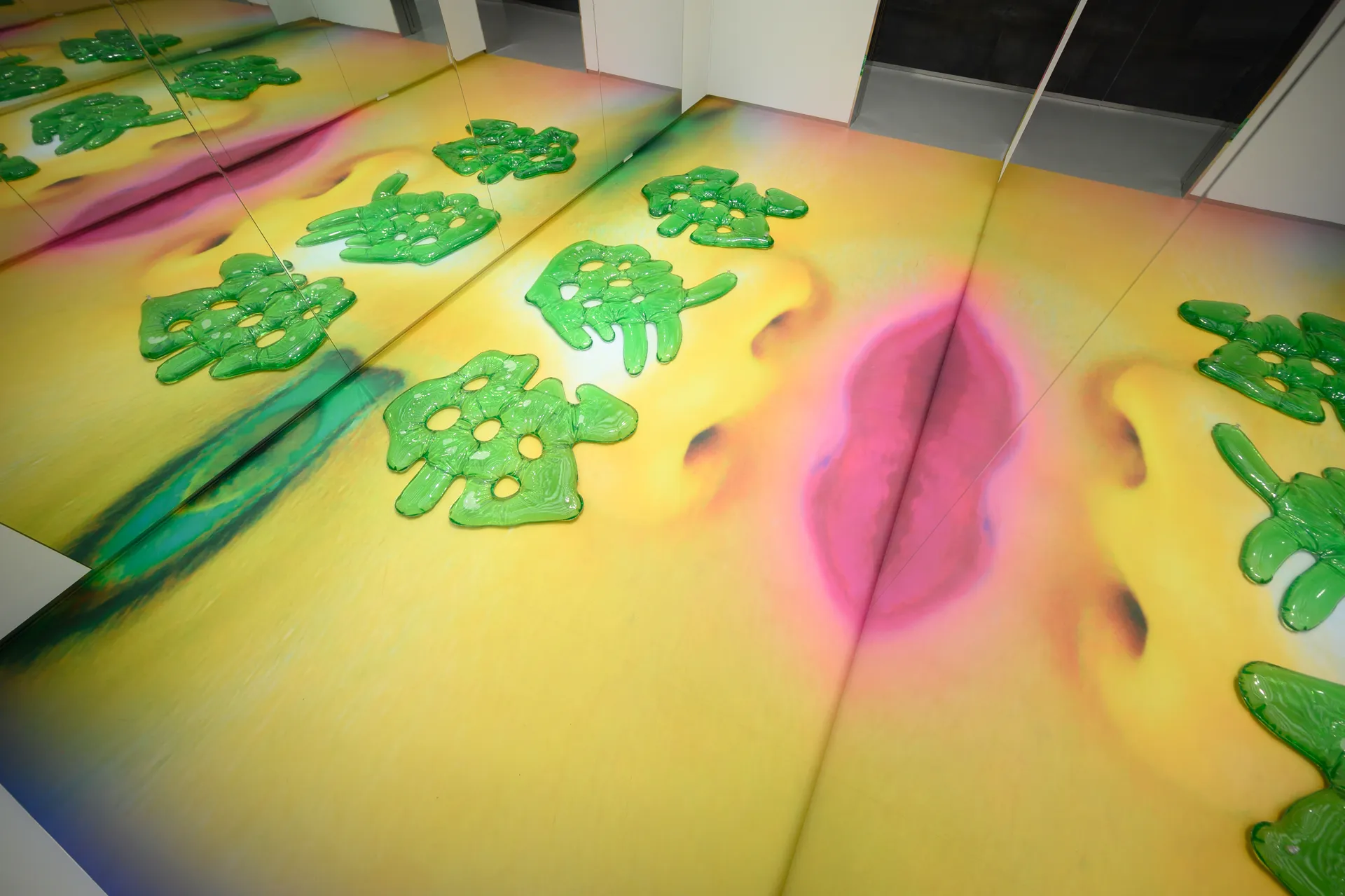
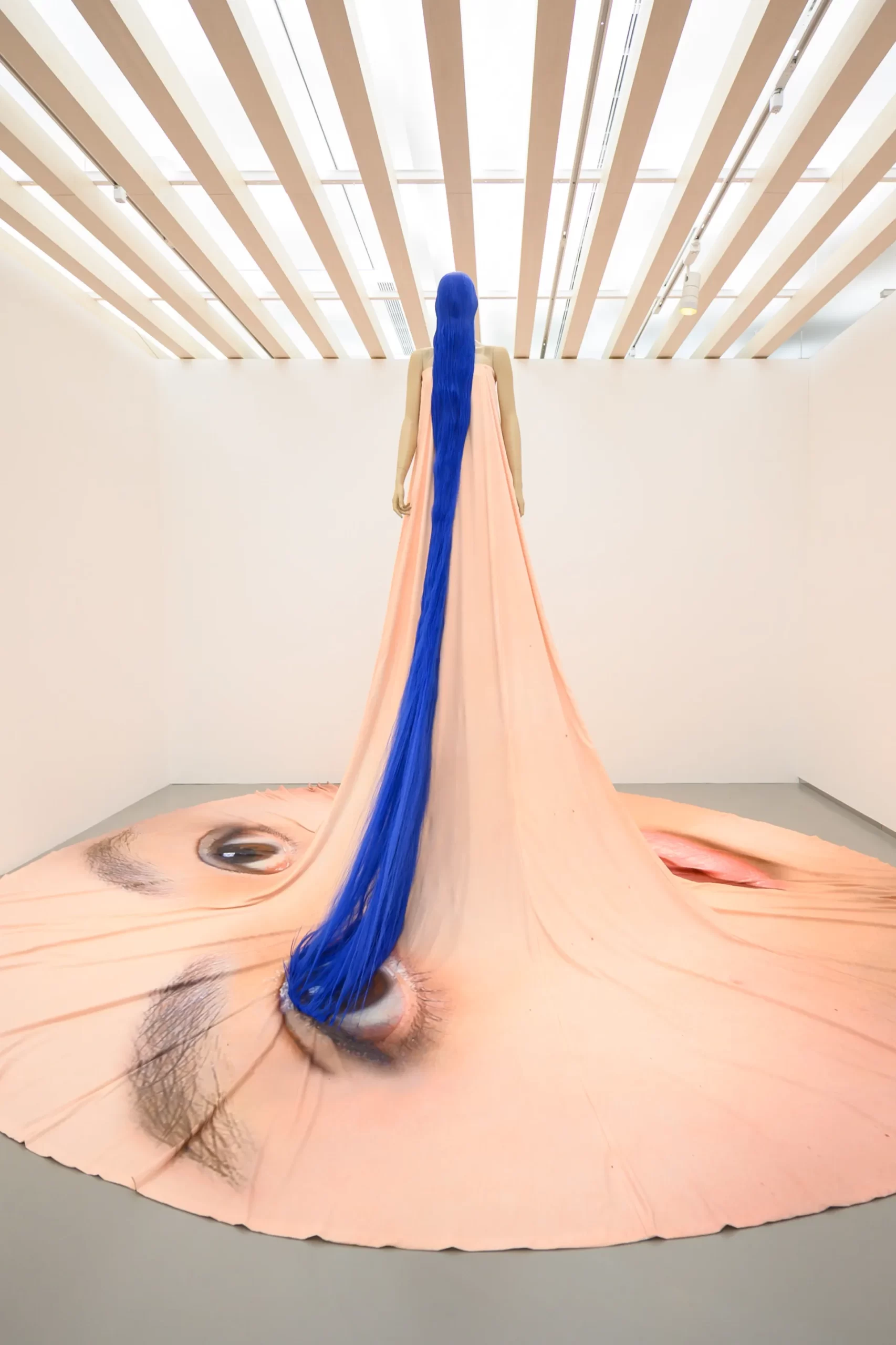
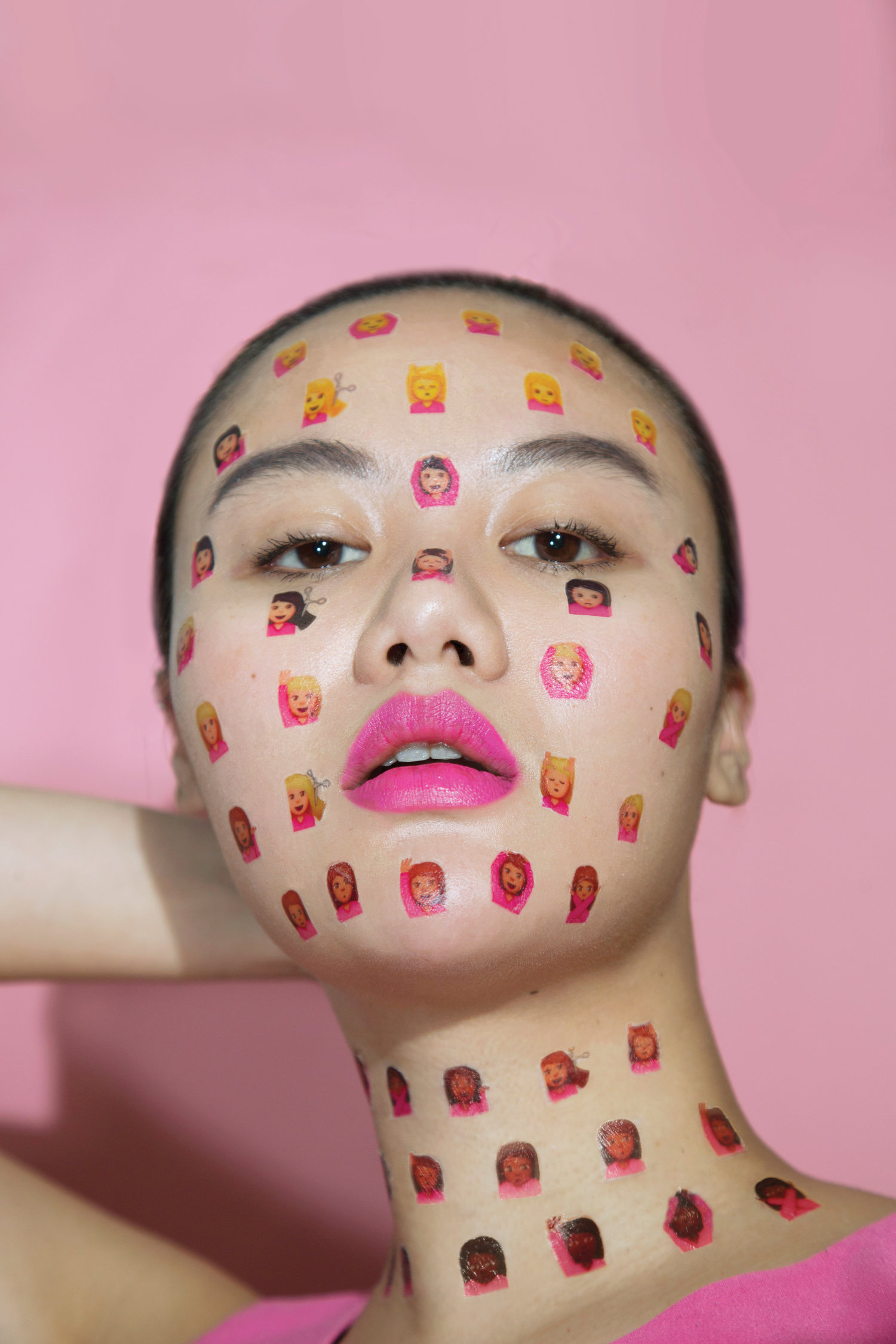
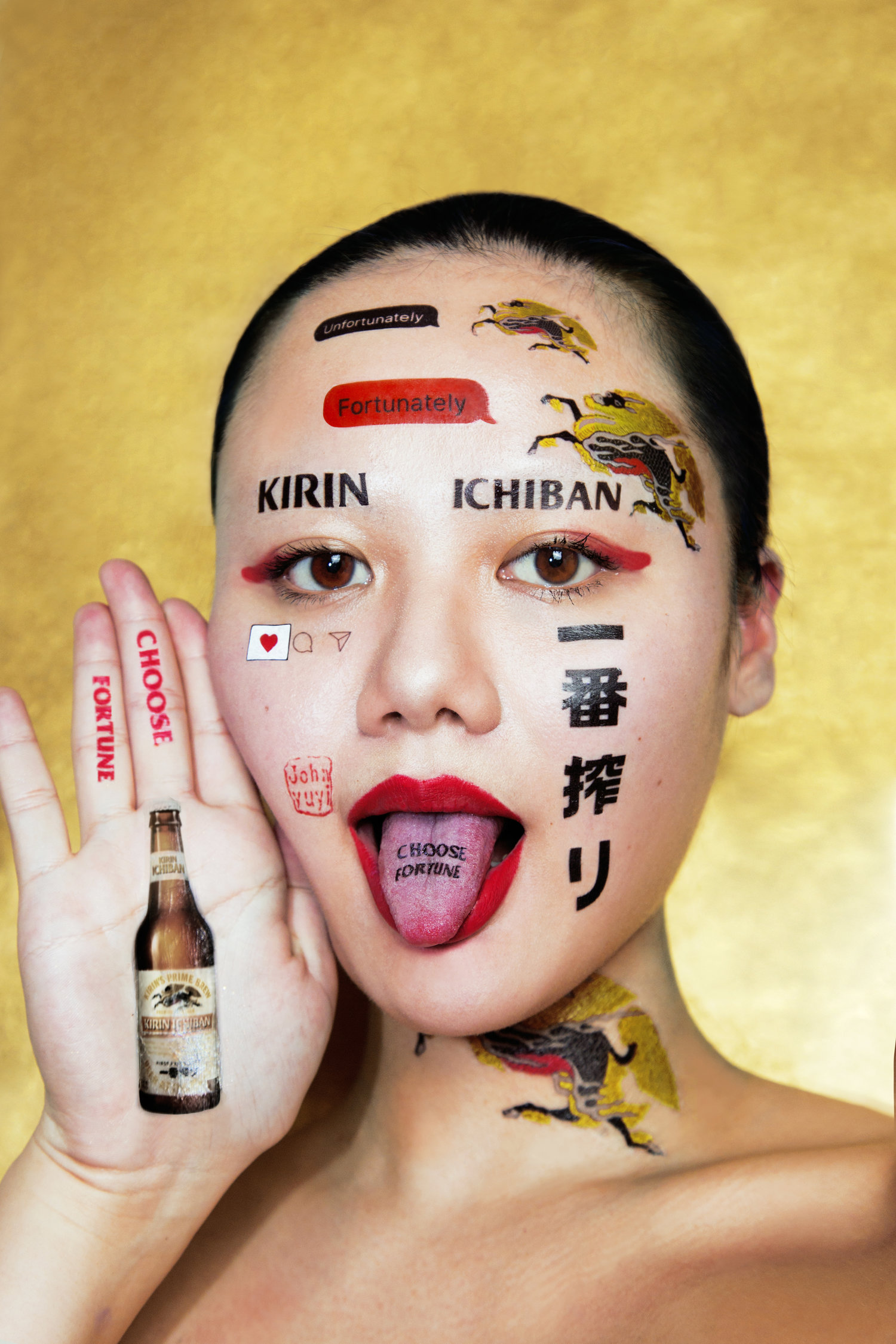
Maya Fuhr: Analog Vulnerability
Hailing from Toronto, Maya Fuhr uses analog photography to explore intimacy, imperfection, and our complex relationship to beauty and waste. Her 2017 project Eco Femme, featured on Refinery29, tackled environmentalism through surreal still lifes built from decomposed fruits and discarded objects. “I want to create images that evoke emotion and provoke thought,” she stated in her 2022 Domestika course on creative analog photography.
Fuhr’s editorial work has appeared in i-D, Vogue Italia, and King Kong Magazine, but she continues to emphasize handmade sets, tactile processes, and non-commercial storytelling. Her photos feel soft and personal, like a diary page torn out and blown up to gallery scale. @mayafuhr
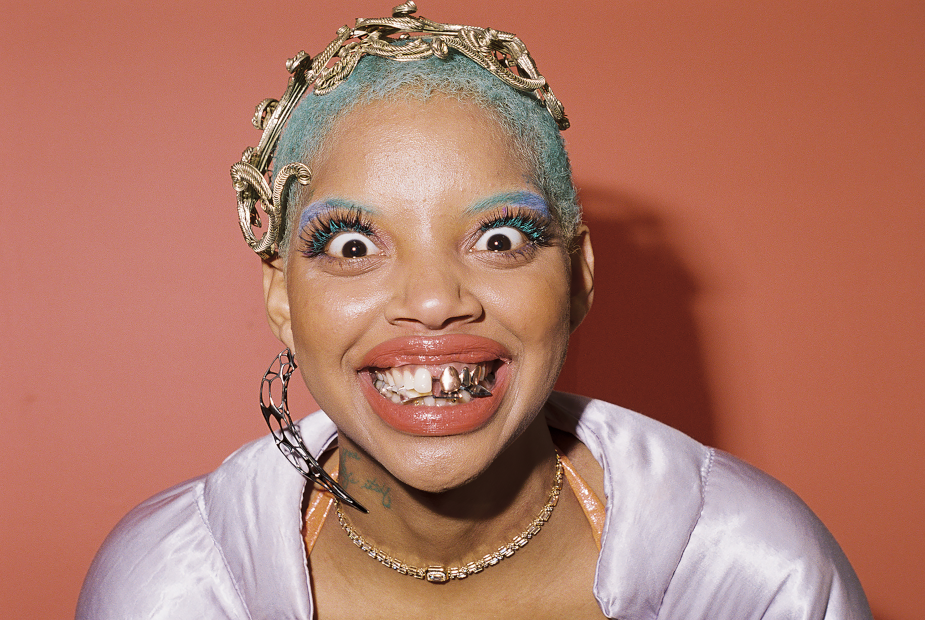
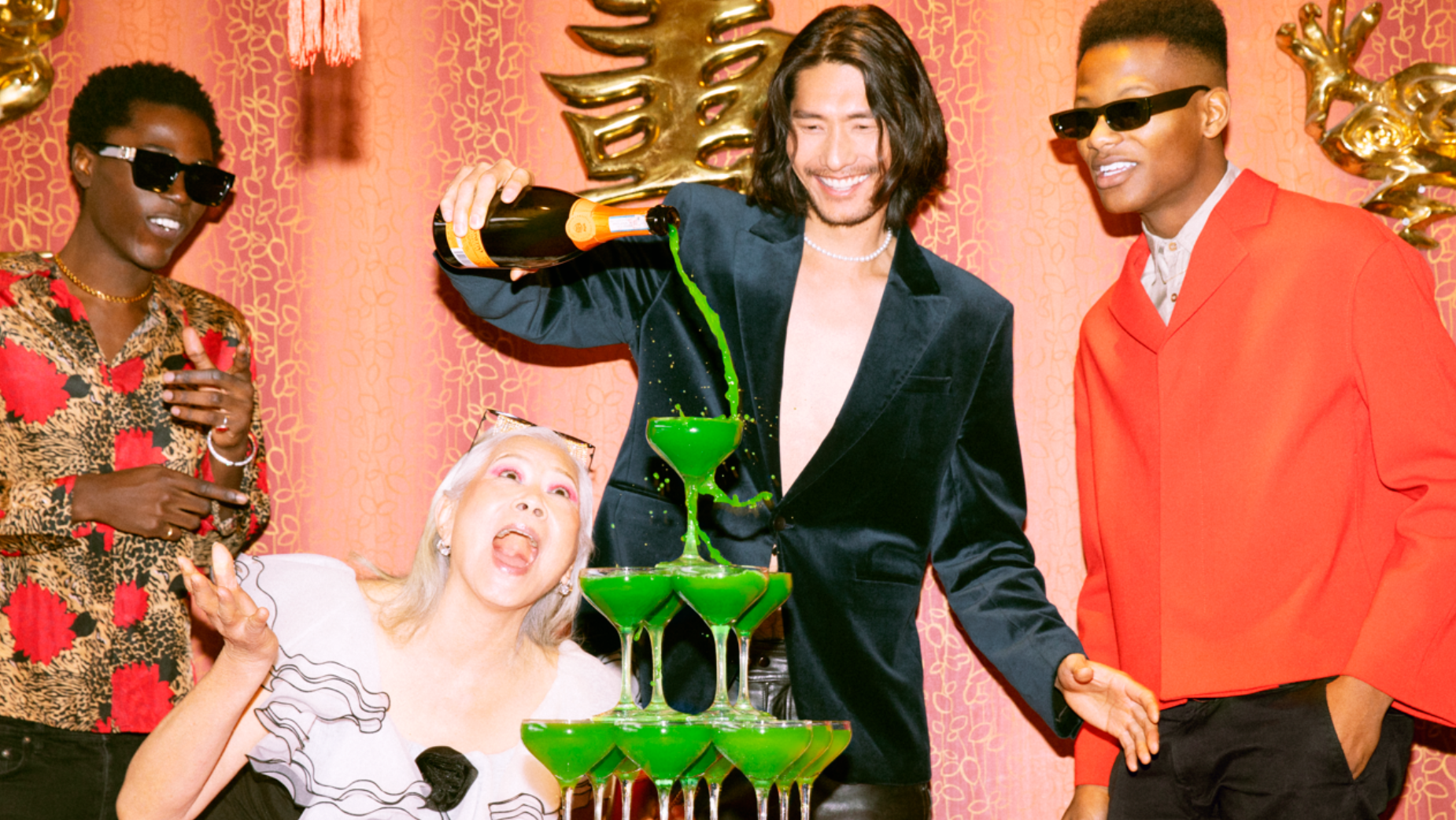
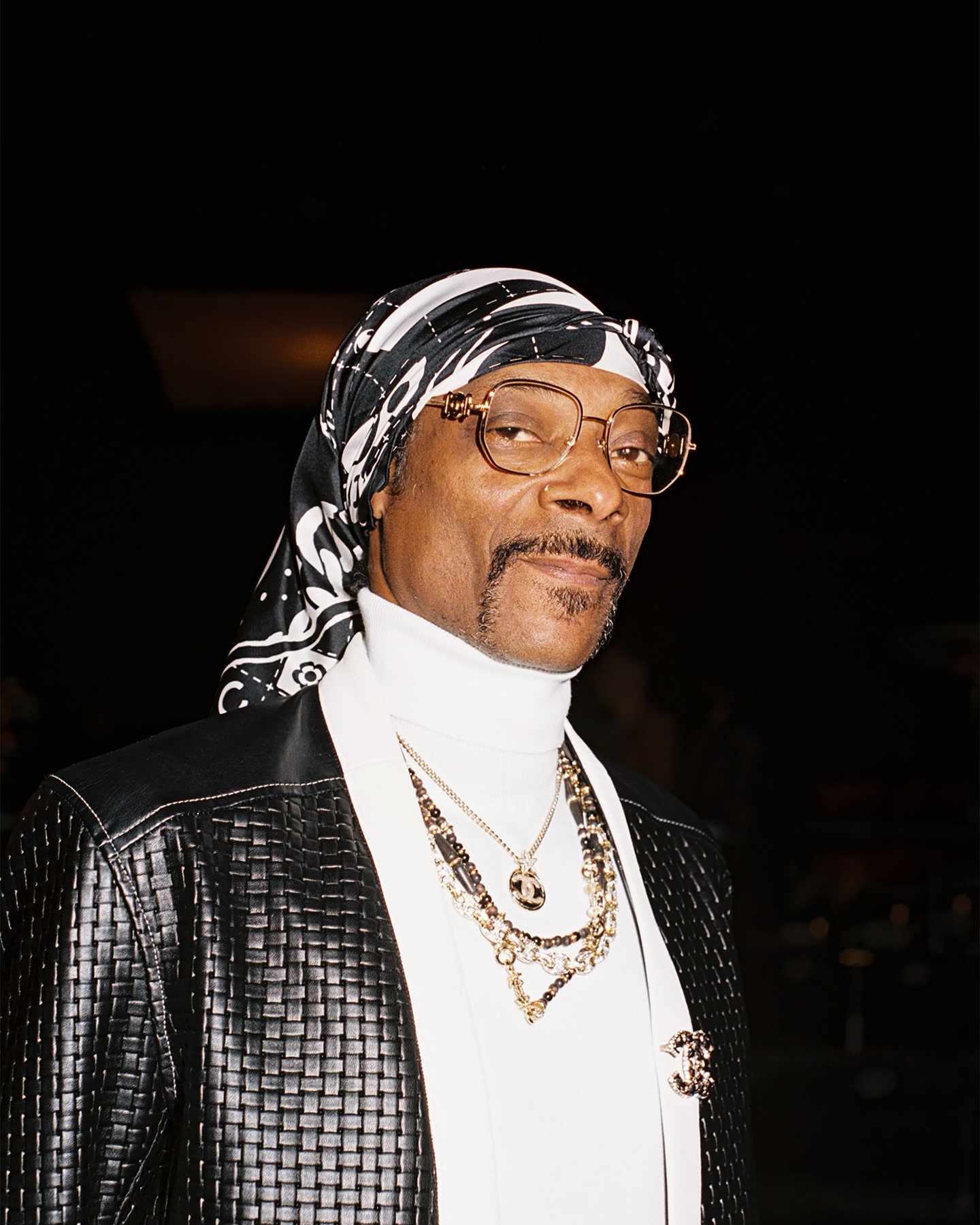

Ten Hundred: Pop Surrealism
Peter Robinson, known professionally as Ten Hundred, is a Michigan-based painter, muralist, and designer whose pop-surrealist style blends tribal patterns, bold color palettes, and cartoon-inspired characters. Originally a musician, Robinson turned to visual art full-time and built his career largely through YouTube, where he documents his process for an audience of over 700,000 subscribers.
“I want my art to feel like it was pulled from a dream,” Ten Hundred explained in an interview with Beautiful Bizarre. His work, which adorns walls from Tokyo to Miami, invites viewers into a universe of mythical creatures and neon textures—a visual language that’s instantly recognizable and joyously weird. Unlike many of his peers, he’s self-taught and self-marketed, and that independence shapes his whole practice. @tenhun
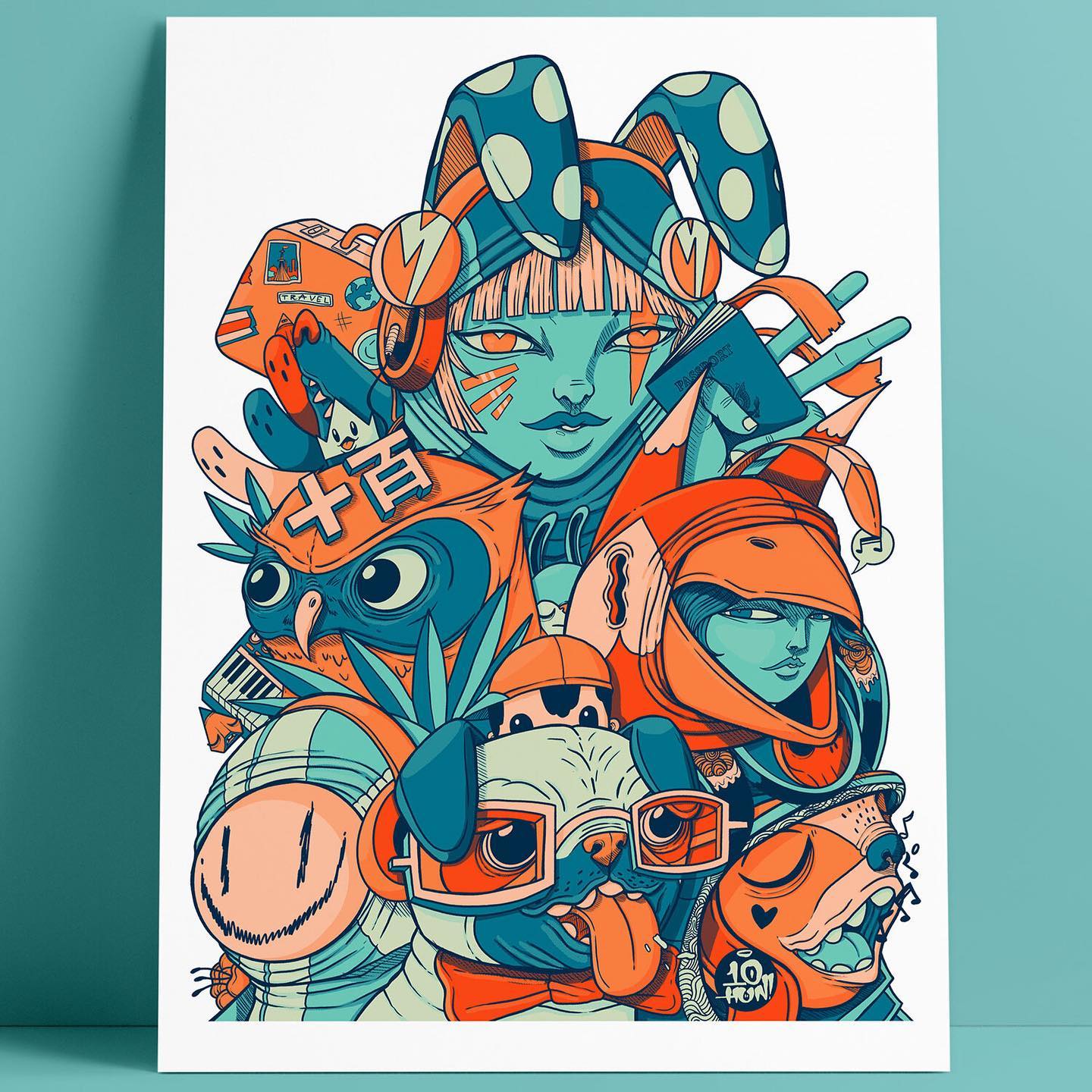
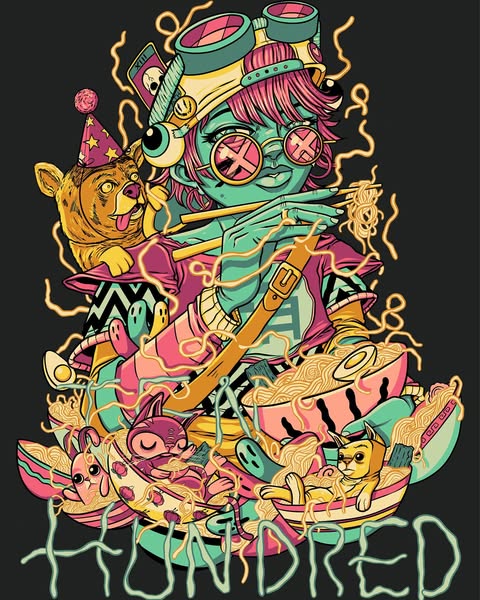

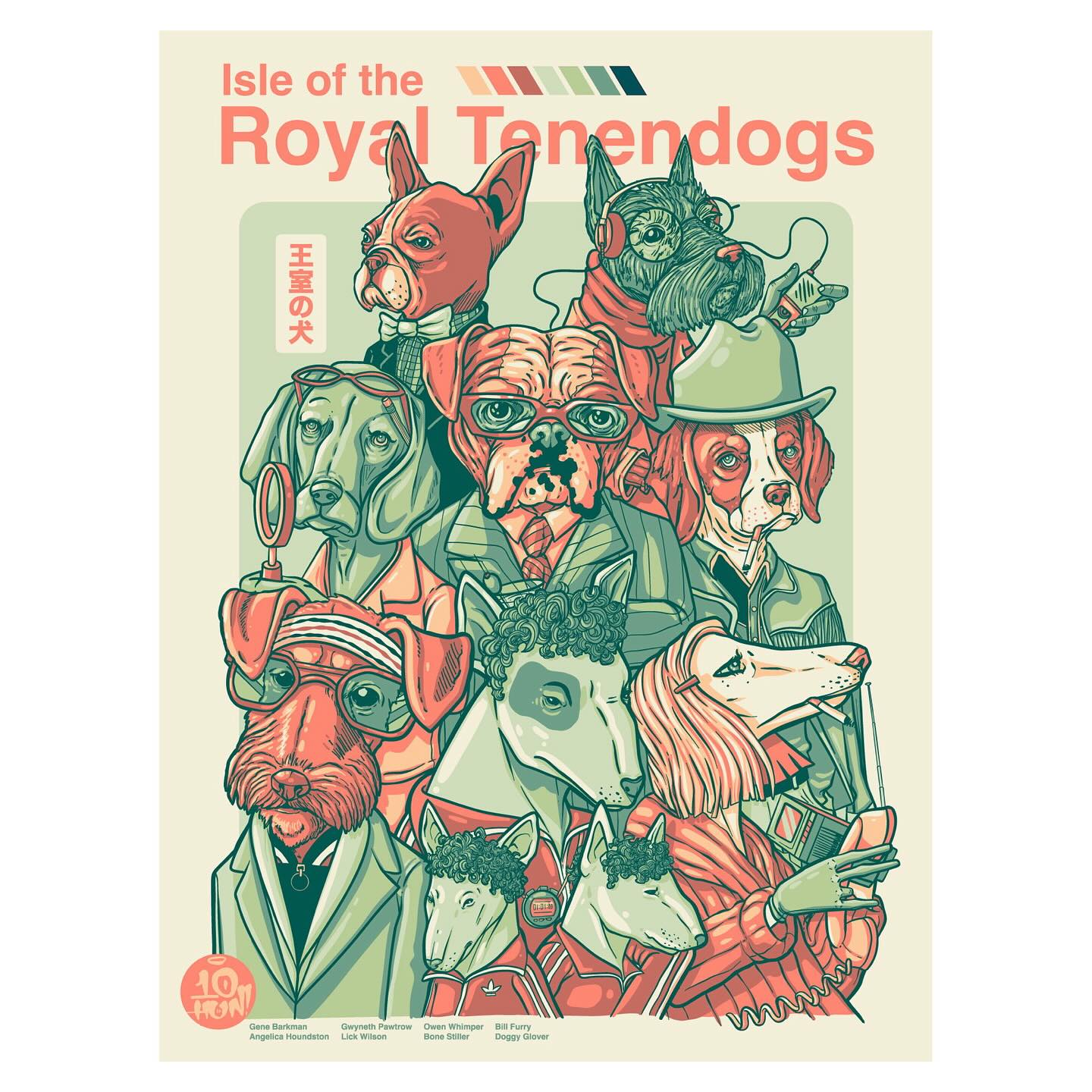
Kiptoe: Narrative in Motion
Matt Dean, better known as Kiptoe, is a Los Angeles-based muralist and illustrator whose large-scale street art fuses narrative storytelling with dynamic motion. A former athlete, Kiptoe’s work reflects that kinetic energy—figures twist, leap, and cascade across brick walls, often incorporating themes of mythology, fantasy, and nature.
Through YouTube and global mural tours, Kiptoe has built a dedicated following by making the mural-making process transparent. “My mission is to spread color and creativity to every corner of the globe,” he said during a TEDx talk in California. Whether painting in Brooklyn, Bangkok, or Bogotá, he infuses every city wall with a sense of wonder. @kiptoe
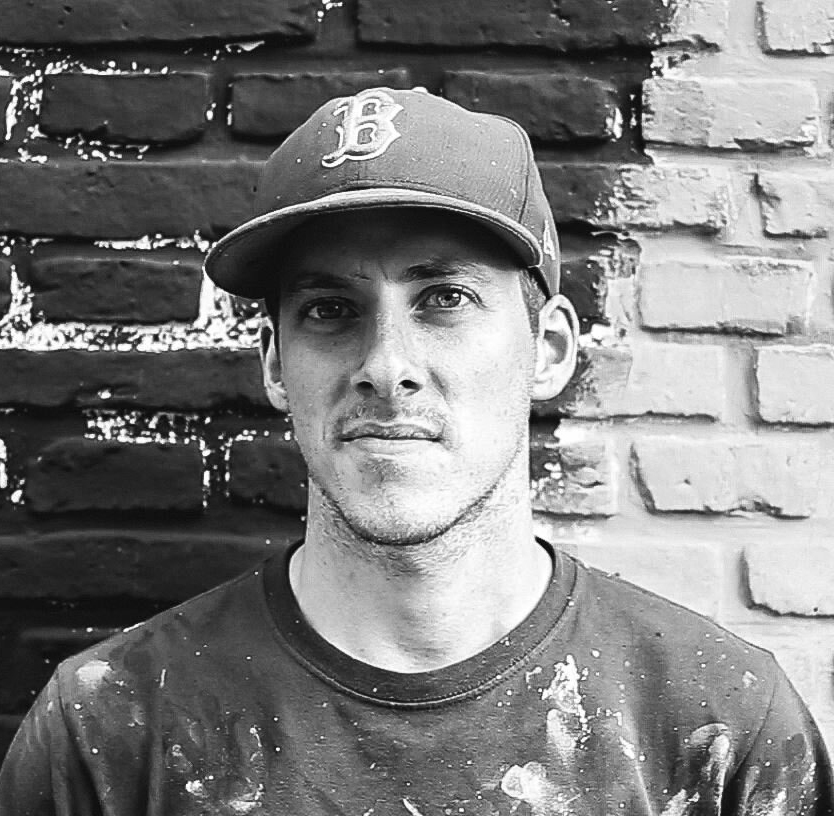
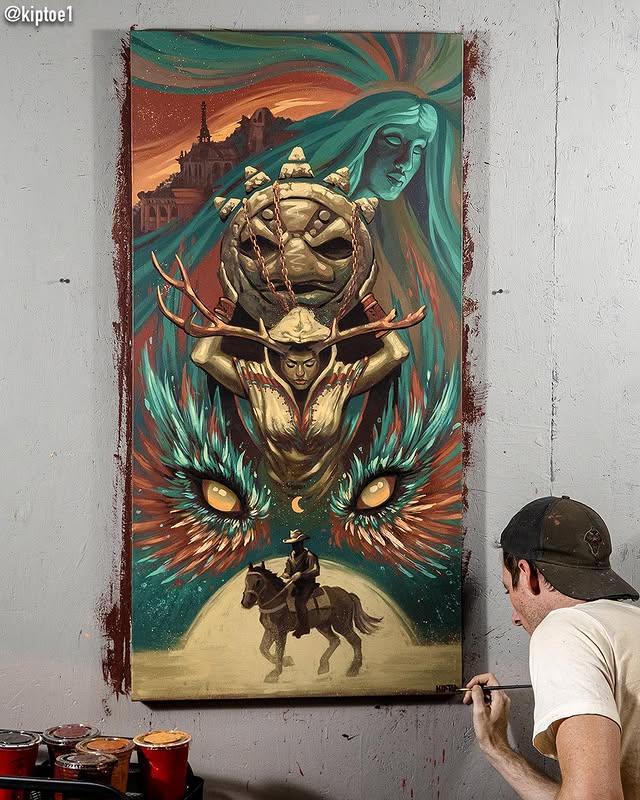
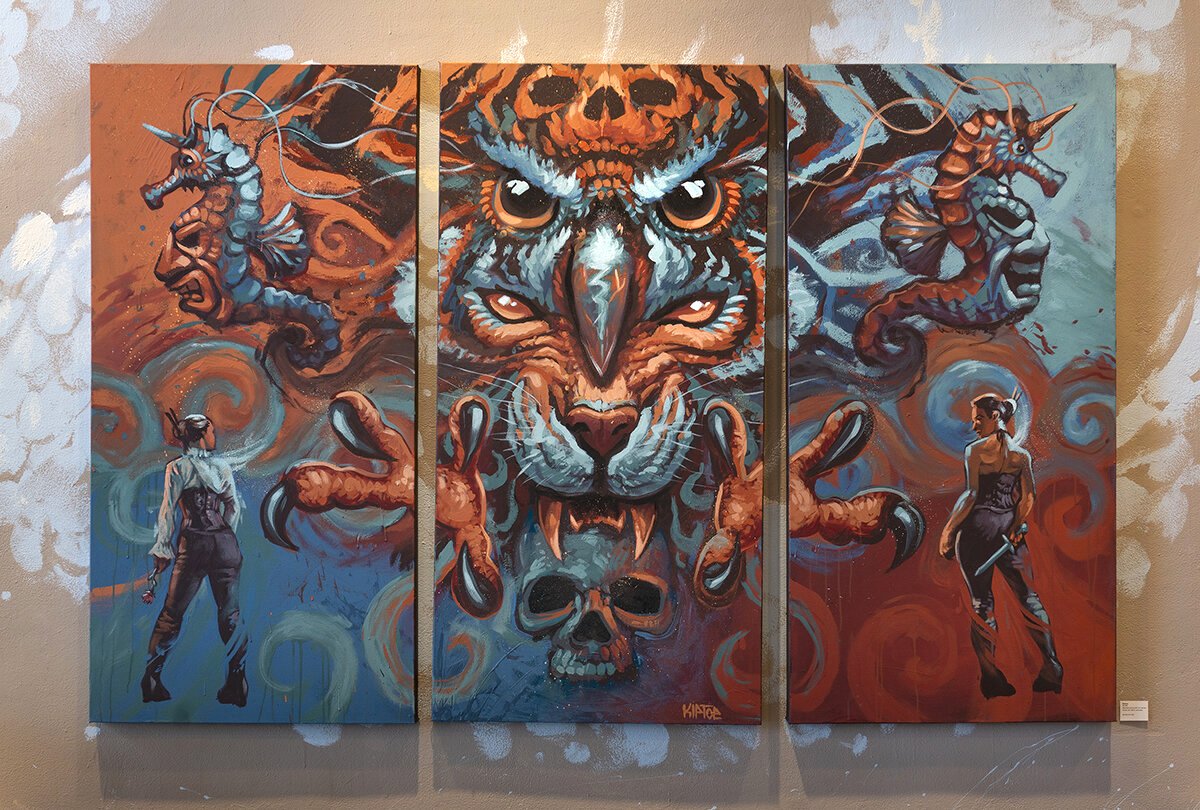
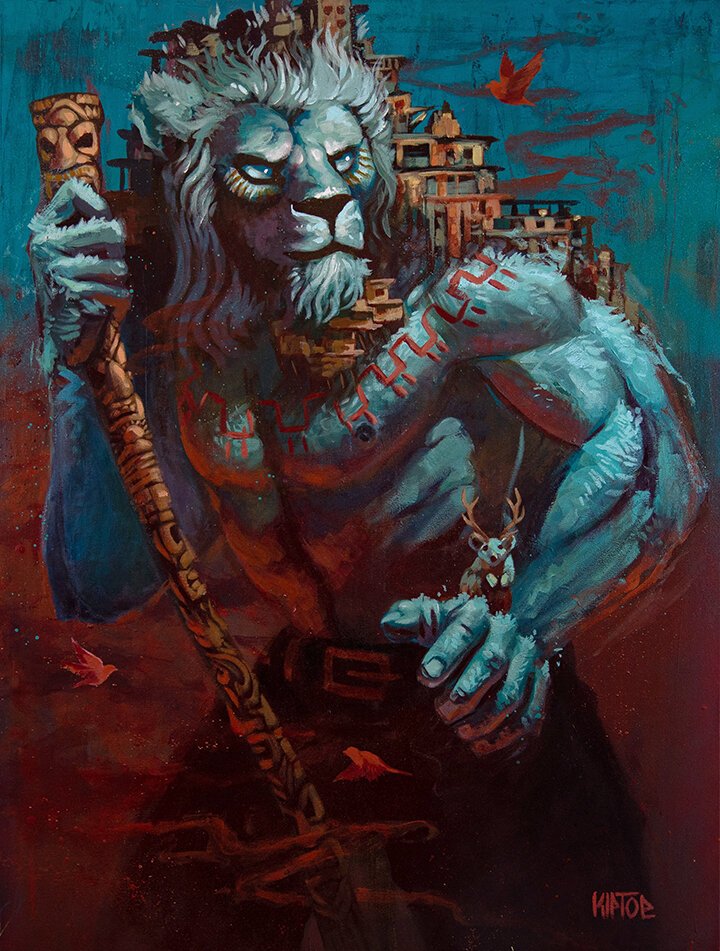
Choots: Doodling Dimensions into Urban Landscapes
London-born artist Choots (James Chuter) transforms urban spaces into vibrant realms of imagination. Drawing inspiration from clubbing culture, ancient civilizations, marine life, skate graphics, and dream states, his work combines spontaneous doodles with structured compositions. This fusion creates artworks that invite viewers into otherworldly experiences, populated by his signature ‘Dribble’ characters—benevolent beings that emerge from intricate patterns and vivid colors.
Choots’ journey began with detailed black-and-white ink drawings, gradually evolving into large-scale murals. In 2017, he painted a section of Sydney’s Bondi Beach sea wall, leading to further commissions in New York and London. His murals, such as those on London’s Shoreditch Art Wall, showcase his ability to scale his intricate designs to monumental proportions, captivating passersby with their complexity and charm.
Beyond murals, Choots produces a range of artworks, including limited edition prints, hand-painted resin figures, and custom commissions. His piece “Jhana,” a collaboration with Rugtomize, exemplifies his versatility, blending traditional motifs with contemporary design. Through his art, Choots offers a brief escape into fantastical worlds, encouraging viewers to explore the hidden details and narratives within . @Choots
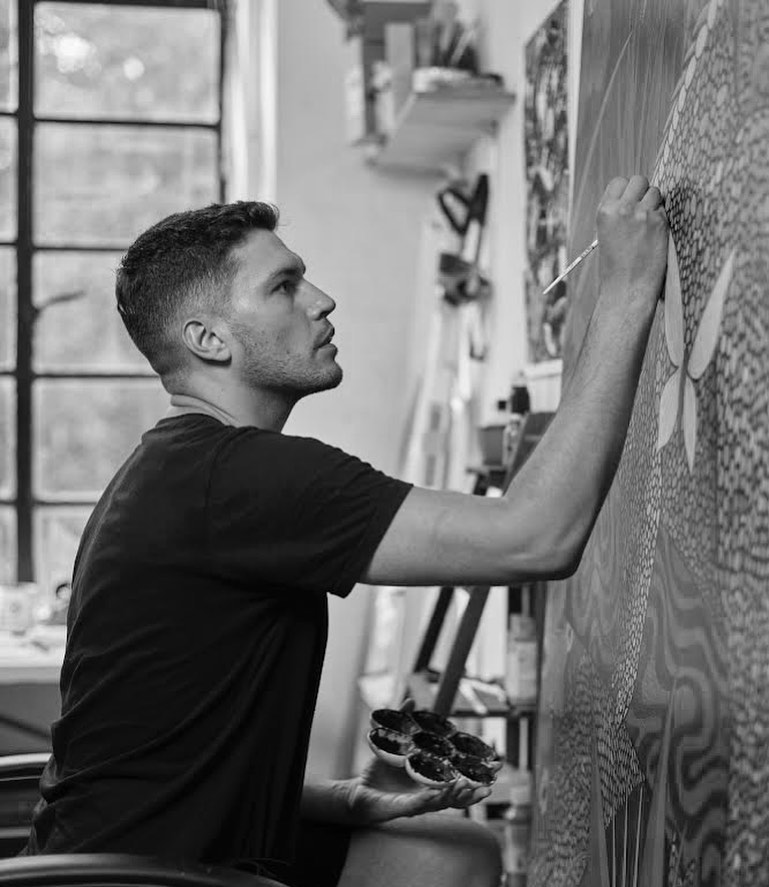
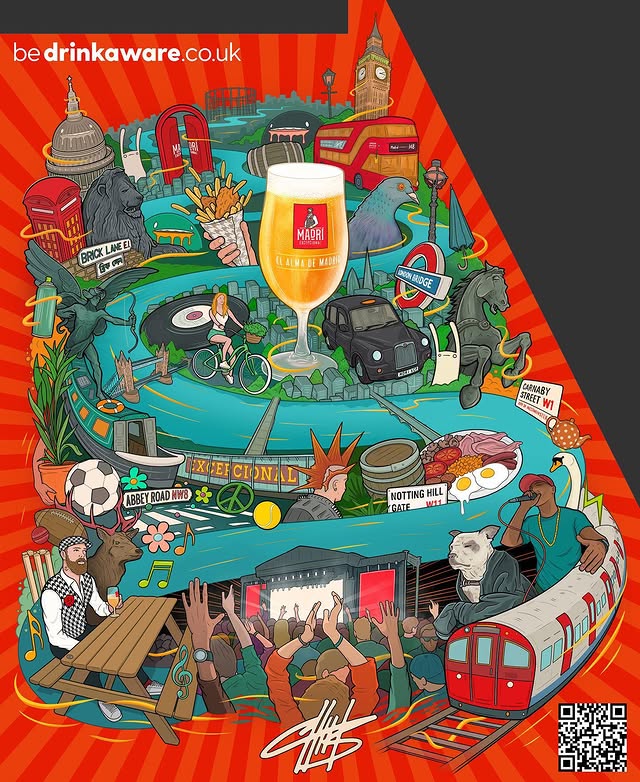
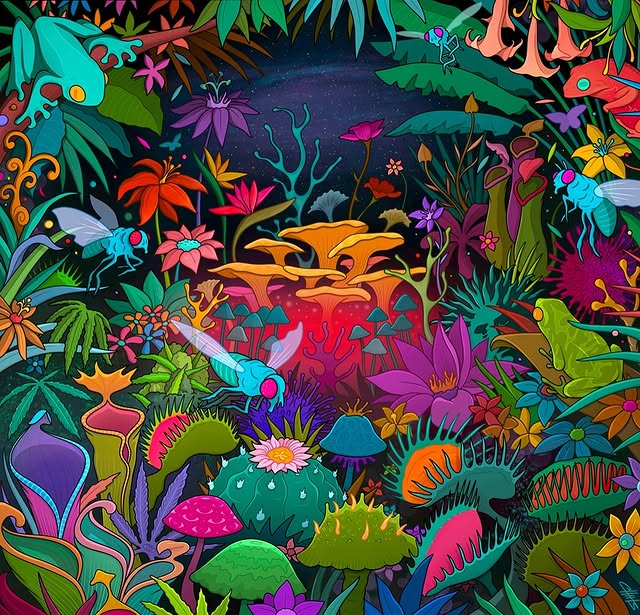

A Movement Without a Name
What binds these artists isn’t geography, medium, or even ideology. It’s their shared insistence on narrative control—on telling stories that have been distorted or ignored. Whether through bold paint on concrete, analog film in pastel rooms, or digital code layered over skin, they’re building not just careers but ecosystems. They speak in color, silence, and scale—redefining what “visual culture” even means.
They’re not the next wave. They’re already reshaping the tide.
